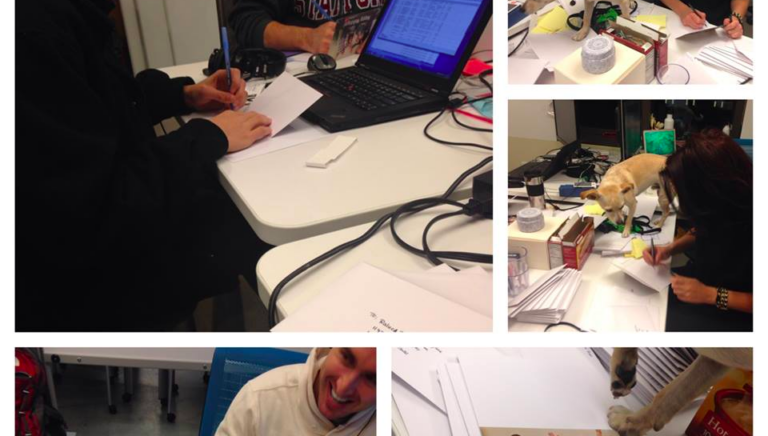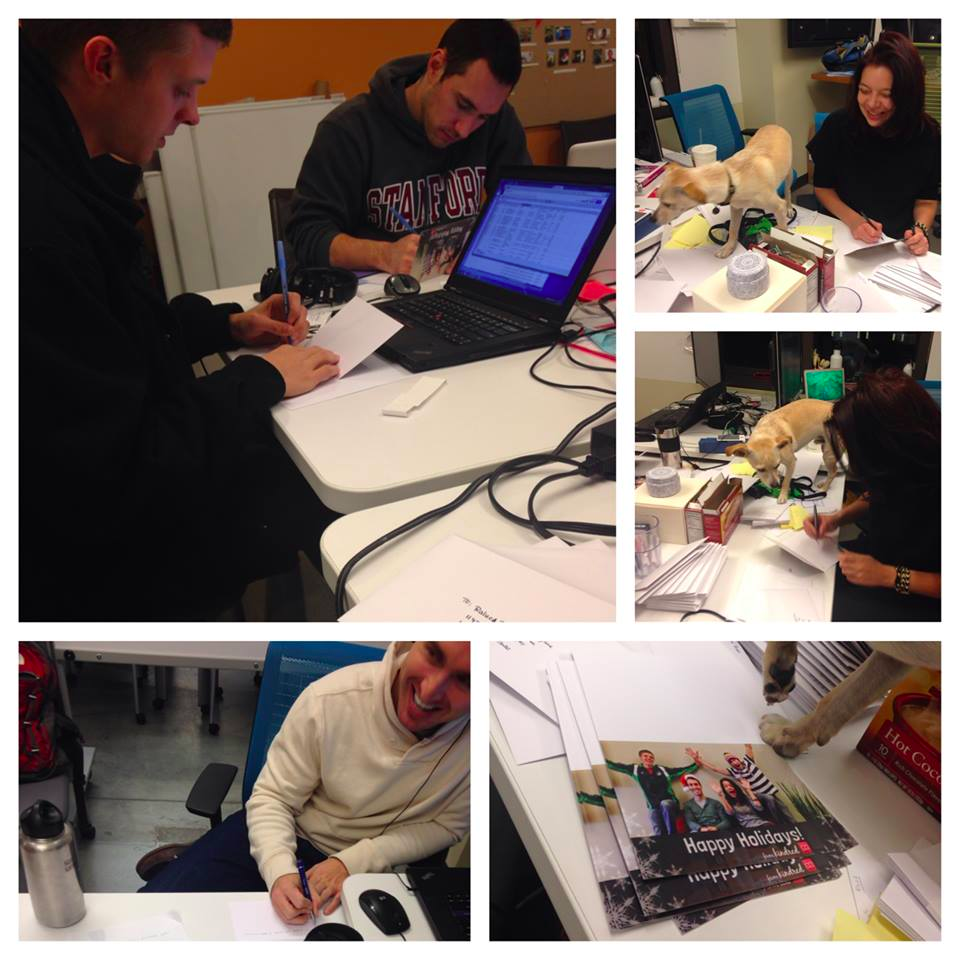Customer loyalty is extremely important to any app, but how do you get your customers to love you? Once you’ve gotten your app over the first major challenge (customer acquisition), you have an even more challenging journey ahead – customer retention. Beyond just building a great app and marketing to new customers, there are a lot of things you as a developer or marketer can do to both keep your current customers and more importantly turn them into brand evangelists.
So the question is:
how do you get your customers to love you and your app?
Here are some things we tried the seemed to work well as we built and launched our previous company, Kindred Prints, and our current company, Branch Metrics.
1. Make EVERYONE do customer support
It’s hard to have a pulse on your customers and what makes them happy without interacting with them directly. In both companies, we had everyone do customer support for periods of time. Even the CEO was directly involved with customer support during his assigned times, spending an hour dealing with people’s $5 orders. This removes the barrier between your team and your users, and it helps remind everyone why you’re building what you’re building. It also helps prioritize features and incentivize members of your team to get things done. There’s nothing like someone getting 5 customer support requests in one day for a feature to light a fire under their ass to build it.
2. Turn around your unhappy users
You may think your unhappy users are lost forever and you shouldn’t waste time on them, but that’s the opposite of what you should do. Find your unhappy users, ask why they had a bad experience, and do whatever you can to fix it. Maybe you screwed up their order, maybe the app keeps crashing, or maybe something beyond your control is causing problems for them. Find out, and do what you can to turn it around. These users will often become some of your biggest advocates when you show them you care.
At Kindred, we turned around dozens of bad app ratings and unhappy customers just by emailing them to ask what was wrong, listening, and then fixing the situation as best we could. We would do some internet detective work to try to find out who the user was after 1 star review was left. After a personal note, most of those people turned their 1-star ratings to 5-star ratings and others recommended tons of their friends to our service.
3. Reward referrals
The highest compliment for any app is a referral. Reward users who refer their friends with some sort of reward or discount. And many people actually derive a lot of pleasure from helping others, so give your users something to give friends to get started. For example, Robinhood gives both the sender and the receiver of referrals the ability to easily redeem free stock in the app.
We’ve found that referrals work much better when the reward is tangible, immediate and specific to your product. Many people try to create referral programs which reward cash incentives, but we’ve found users to be desensitized to this type of reward. It’ll perform much better, when you can give them something valuable and specific to your service. For example, Kindred offered a free book for everyone who was referred. Dropbox is another example, where they gave away more storage space for referrals. It almost became gamified.
Our company, Branch Metrics, also offers an out-of-the-box mobile referral SDK that you can add in minutes, so you don’t need to build a whole referral system yourself.
4. Play favorites
Pay special attention to those users that buy from you or refer your app the most. In our experience, about 10% of customers are your top purchasers or influencers who can really make a large impact. The remaining 90% are average customers who are slightly engaged and purchase a little bit but aren’t influential on an individual basis. While you need that large chunk of low-influence users, the top 5-10% of influencers can change your business. Top purchasers are those that buy a lot themselves. Top influencers are those that refer a lot of other users to your app and result in a lot of second-degree purchases. Your top influencers aren’t necessarily always top purchasers, but rather they drive a lot of other users who purchase.
Email top influencers to thank them. Select repeat customers at random and surprise them with a free gift. And send handwritten thank-yous to your top customers.
This past year during the holidays, we handwrote holiday cards to hundreds of our top customers. It took hours out of the busiest time of the year for us, but the response of those customers was overwhelming. Earlier this year, we also personally emailed all of our most influential customers with a special thank you for being such great supporters. This simple strategy can really make an impact and says a lot about your company and the value you place on your users.
Sending a “Thank You” sounds obvious, but consider this: When was the last time you received a thank-you note from a company you’re a customer of?
5. Treat every customer like they’re important
It’s easy to slip into the mindset of “this one customer doesn’t matter”, especially as you scale and get hundreds of thousands or millions of users. But remember, any one of those customers could be a future top customer, a blogger, or even a potential acquirer evaluating your service. One of our most vocal customers on customer support would email about any question she had, adding an enormous amount of work to the quality assurance team. Doing a little research revealed that she was very popular blogger with the key target demographic. Fortunately, we had kept her happy.
Be patient and have a pleasant attitude with every single customer. It’s the simple things that make the most impact, and you can be courteous with and respond to every customer request. And if that’s not convincing enough, just remember that with Yelp and app store ratings, anyone can publicly evaluate you, so you want to make sure every customer has a pleasant experience.
Your customers are the most important asset you have as an app. And getting your customers to love you doesn’t just help you sleep well at night – it’s also good for business. Happy customers will often go out of their way to tell others and many times will spend much more with a service they love.
Mike is a co-founder of Branch Metrics , a full service, deeplinking solution for mobile apps. Branch links have the power to deeplink through app install and open, allowing the app developer to deliver a personalized post-install experience. Branch links can be used to build full user-to-user referral programs with automatic install attribution and rewarding, or for automatically deeplinking to content post-install. Also, the Branch analytics dashboard gives insights into where organic installs are coming from, as well as interesting metrics like install conversion funnels and k-factors of growth features.

























